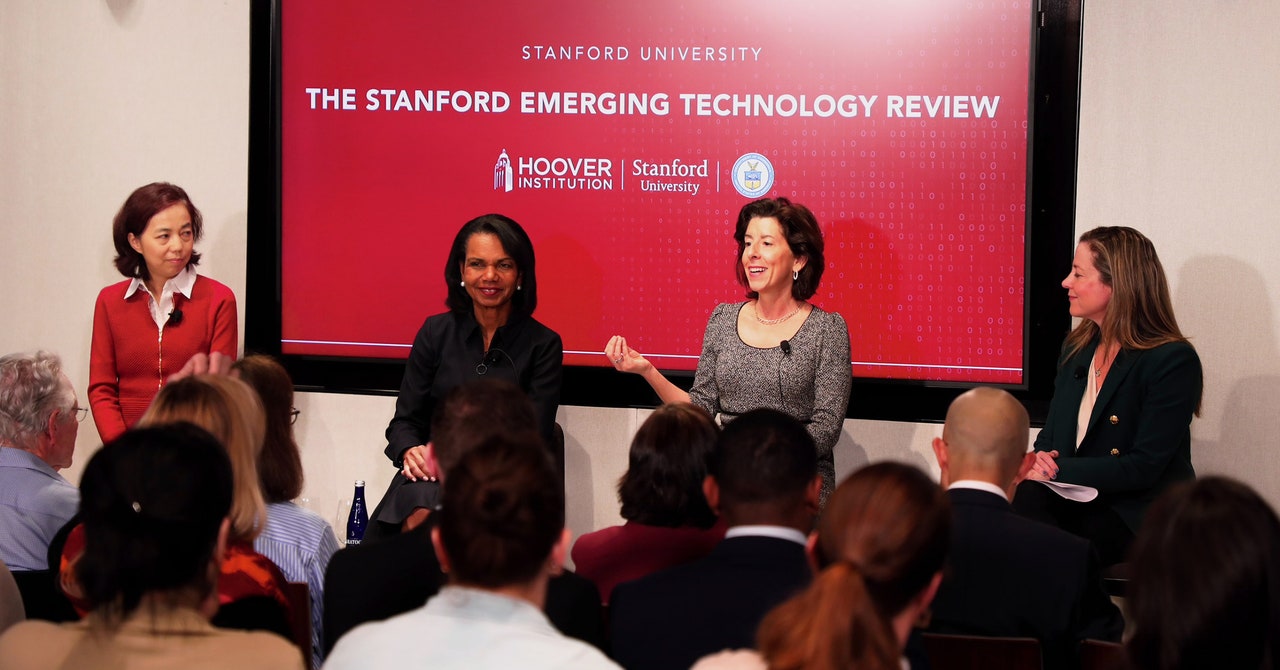LinkedIn is rolling out new features that give premium users looking for a job some artificial-intelligence-powered assistance. The tools use generative AI to advise people whether they may be a good fit for open jobs listed on the platform and how to better tailor their profiles to stand out.
The new AI features are powered by OpenAI’s technology and are indicated by a sparkle emoji under job listings on LinkedIn. Clicking on it opens a chat window where a person can type queries about a job or select prewritten questions such as “Am I a good fit for this role?” Answers are provided in the form of brief bullet points sourced from scraping company profiles and other information on LinkedIn.
The automated helper can also answer more specific queries about a job posting, company benefits or culture, or the industry a job is part of. LinkedIn is making the same tools available to help users extract career advice from posts and articles shared on the platform’s feed.
The updates attempt to solve a longstanding problem: Job hunting sucks. Rohan Rajiv, a director of product management at LinkedIn, likens the process to having to climb over a high wall. The applicant is on one side, unable to see what a company wants to see in a job candidate or what the likelihood of getting an offer. “You’re really hoping that you can reach out to the other side of the wall and figure out: What are my chances here? What is it like to work there?” Rajiv says.
Some job seekers are already used to tapping AI for help. The advent of generative AI has spurred the appearance of tools that apply to jobs automatically, recruit candidates, and write cover letters.
LinkedIn is owned by Microsoft, OpenAI’s most significant backer, which has rolled out a series of AI powered “copilots” to help people get things done at work with its productivity tools. The work-centric social network is adding these features in beta mode as the tech industry confronts another uncertain year marked by more layoffs.
More than 400,000 people have lost jobs in the past two years, according to Layoffs.fyi, a site that tracks layoff announcements in the tech industry. LinkedIn itself cut more than 600 workers last fall. Job seekers have described a nightmare hunt for work, spending their 9 to 5 applying for new roles for weeks.
Although getting laid off is rarely welcome, the current state of the tech industry is relatively favorable to job seekers. The industry’s unemployment rate sits at just 2.3 percent, according to a January report from CompTIA, a nonprofit trade association for the US IT industry. That’s lower even than the record low set this month by the US national unemployment rate, at 3.4 percent, according to the Department of Commerce. And there are 392,000 open roles in the tech industry across the US, according to CompTIA.
Grueling Experience
Even in a favorable job market, securing a new position is often a lengthier process than it has been in the past. Employers have broadened the application process, adopting complex candidate management platforms and requiring more interviews, working interviews, and tests.
The average recruitment process in the US now lasts 43 days, according to 2023 research from The Josh Bersin Company, a human resources advisory group. Many job seekers feel burned out. A February report from CompTIA found that nearly half looking for jobs in the tech industry cite the time commitment required as a top challenge. The same survey found evidence that workers are adopting tech-powered shortcuts: 17 percent of respondents had used AI to match their skills to a potential job, while 30 percent said they planned to do so.









